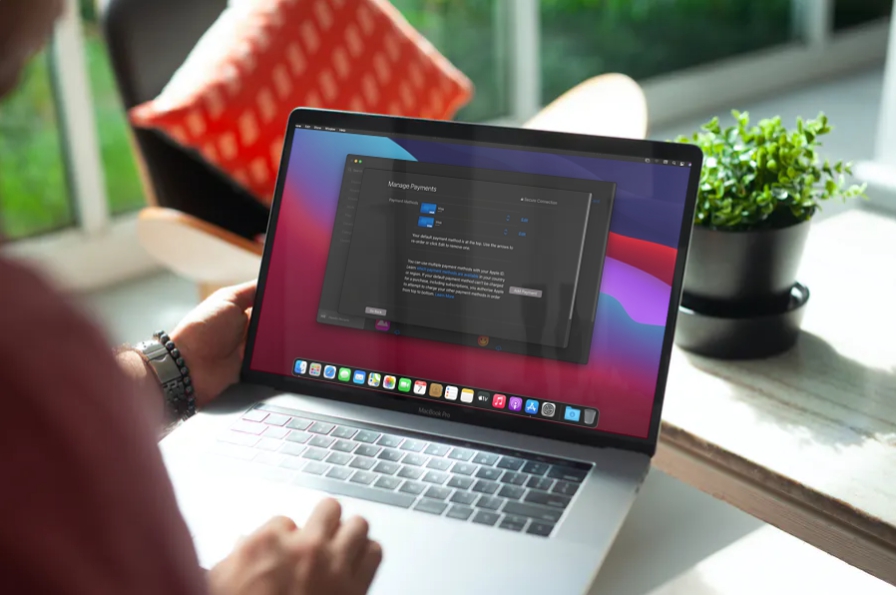- Switch Mac Os Update To Manual User
- Switch Mac Os Update To Manual 10
- Switch Mac Os Update To Manual Download
- On the 'Mid-2010,' 'Early 2011,' 'Late 2011' and 'Mid-2012' MacBook Pro models, Mac OS X allows one to manually turn off the integrated graphics processor, but not manually switch to it to conserve the battery.
- Mac reset network quick fix 10.6 10.7 10.8 reinstall reset delete deleting wifi wi-fi Suggest keywords: Doc ID: 26681: Owner: Jeff W. Group: DoIT Help Desk: Created: 2012-10-03 11:31 CST: Updated: 2019-02-24 10:36 CST: Sites: DoIT Help Desk, DoIT Tech Store: Feedback: 29 66 Comment Suggest a new document.
Upgrade to macOS Big Sur. MacOS Big Sur elevates the most advanced desktop operating system in the world to a new level of power and beauty. Experience Mac to the fullest with a refined new design. Enjoy the biggest Safari update ever. Discover new features for Maps and Messages. Get even more transparency around your privacy.
Use Software Update
Switch Mac Os Update To Manual User
- Choose System Preferences from the Apple menu , then click Software Update to check for updates.
- If any updates are available, click the Update Now button to install them. Or click “More info” to see details about each update and select specific updates to install. You may be asked to enter your administrator password.
- When Software Update informs you that your Mac is up to date, the installed version of macOS and all of its apps are also up to date. That includes Safari, Music, Photos, Books, Messages, Mail, Calendar and FaceTime.
- To install future updates automatically, including for apps that you've downloaded from the App Store, select “Automatically keep my Mac up to date”. Your Mac will notify you when updates require it to restart, so you can always choose to install those updates later.
Switch Mac Os Update To Manual 10
Update the software on your iPhone, iPad or iPod touch
Find out how to update your iPhone, iPad or iPod touch to the latest version of iOS or iPadOS.
Learn more
- Find out how to get updates for earlier versions of macOS that don't include Software Update preferences.
- You can also use the App Store to update apps or re-download apps that came from the App Store.
- Find out which macOS your Mac is using and how to upgrade to the latest macOS.
- When your Mac is connected to a Personal Hotspot, large updates aren't downloaded automatically.

If you are using the Boot Camp utility or another Windows emulator on your MacBook, you will need to switch between your Mac OS X and Windows systems. There are three methods of switching back and forth between your Mac OS X partition and your Windows partition:
Switch Mac Os Update To Manual Download
From within Mac OS X Lion: To restart your MacBook in Windows, click System Preferences in the Dock and click the Startup Disk icon to display the settings you see here.
Click the Windows partition you created in the list to select it (the folder icon will bear the Windows logo, and it will be labeled Windows as well). Click Restart, and then click Restart again when asked for confirmation. Your laptop reboots and loads Windows, and it continues to run Windows when started or rebooted until you follow one of the next two methods of returning to Mac OS X.
From within Windows: Right-click the Boot Camp icon in the notification area at the right side of your Windows taskbar — it looks like a slanted square — and choose Restart in Mac OS X. Again, you’ll be asked to confirm your choice. After you click OK, your MacBook reboots and returns to Lion.
During the boot process: Need a temporary fix from your other operating system? You can reboot from within either Lion or Windows and hold down the Option key when you see the Apple logo appear. Your Mac displays a nifty row of icons, each of which represents a bootable operating system that your Mac can use.
To boot Mac OS X, click the Lion partition icon. To choose Windows, click the Windows partition icon. Note that when you turn on or reboot your Mac, it returns to the operating system you last selected in the System Preferences Startup Disk pane.
